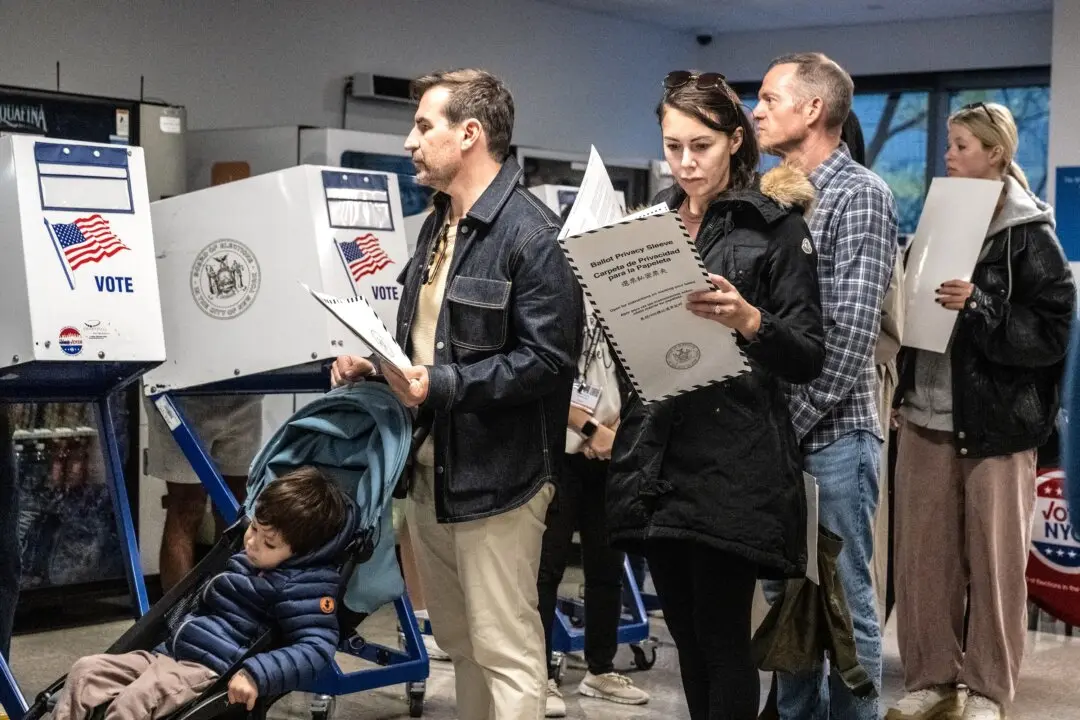NASA says that somewhere between 2 and 5 percent of unidentified flying object (UFO) sightings can’t be easily explained.
On May 31, NASA held a 16-member panel discussion about what it described as “unidentified anomalous phenomena” (UAP), an alternative rendering of what most in the public refer to as UFOs. The discourse, led by astrophysicist David Spergel, comes as NASA prepares a report on UAPs that it hopes to release by the end of July.





